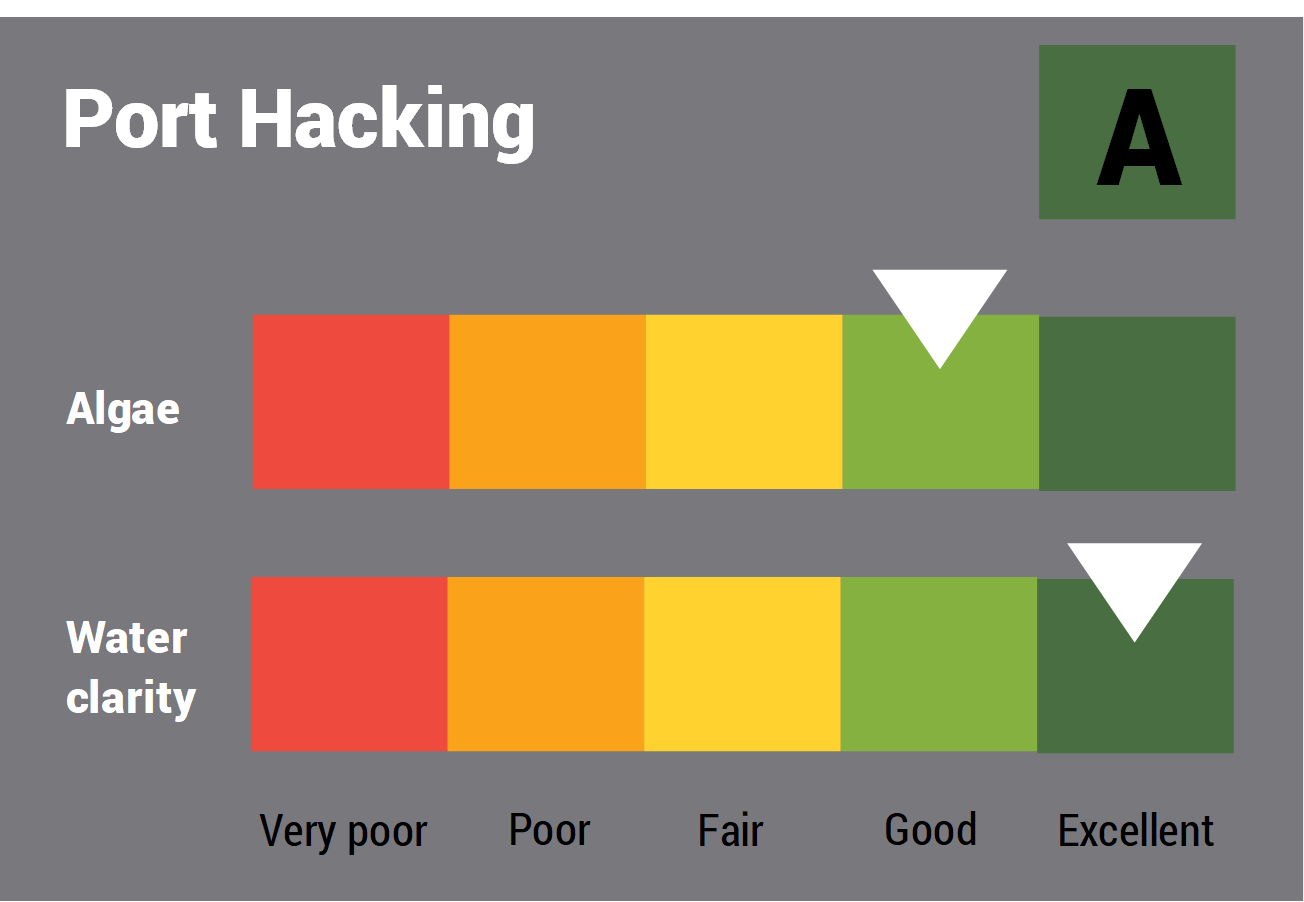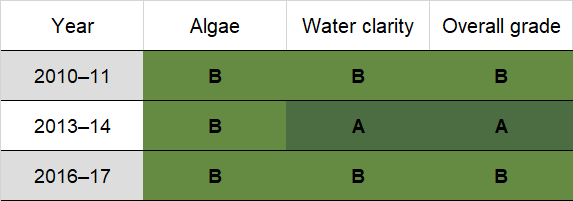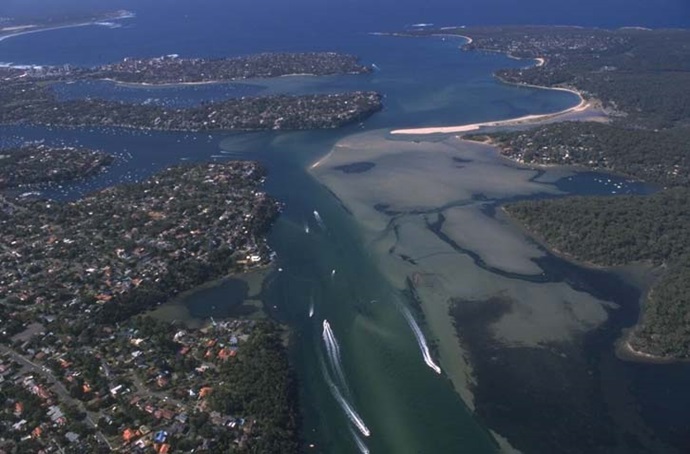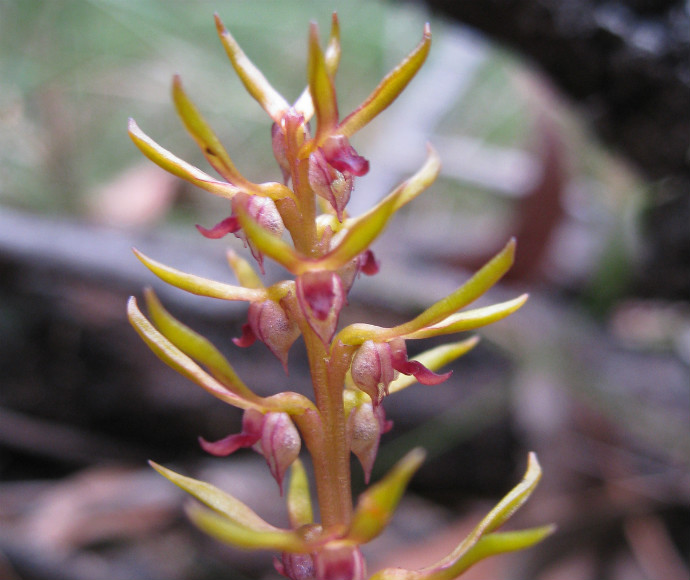Port Hacking marks the southern coastal boundary of the Sydney Metropolitan region of New South Wales. This estuary is classed as a drowned valley.
Port Hacking is tidal up until the Audley Weir, which is located about 12 kilometres from the mouth as the river runs. The estuary offers high aesthetic and recreational value to residents and visitors to the region, and its extensive tidal reaches and fringing bushland support significant biodiversity.





